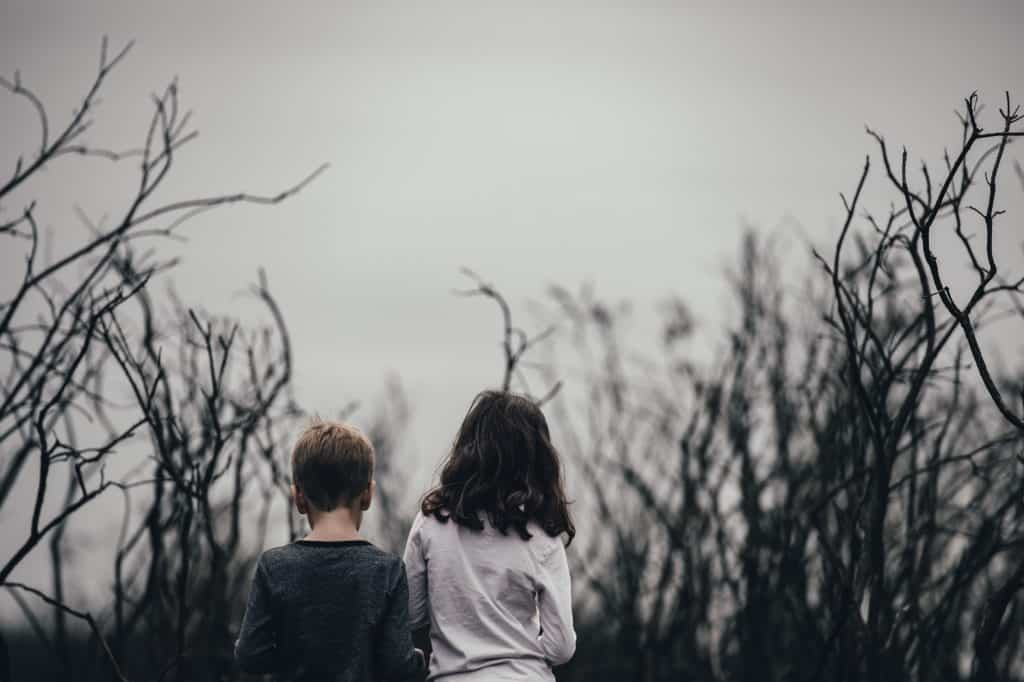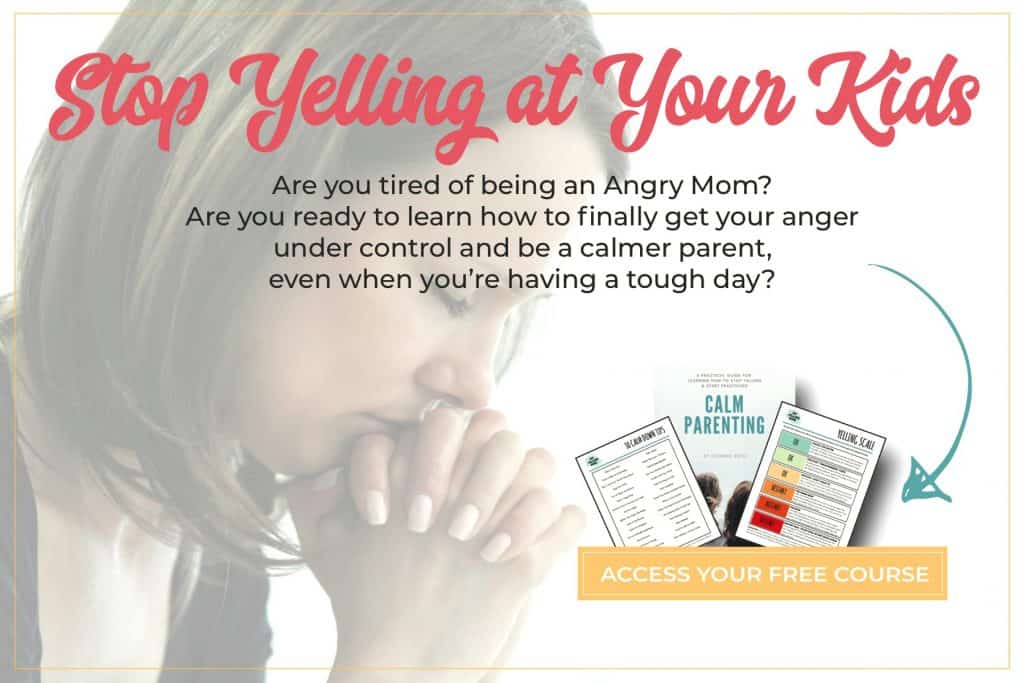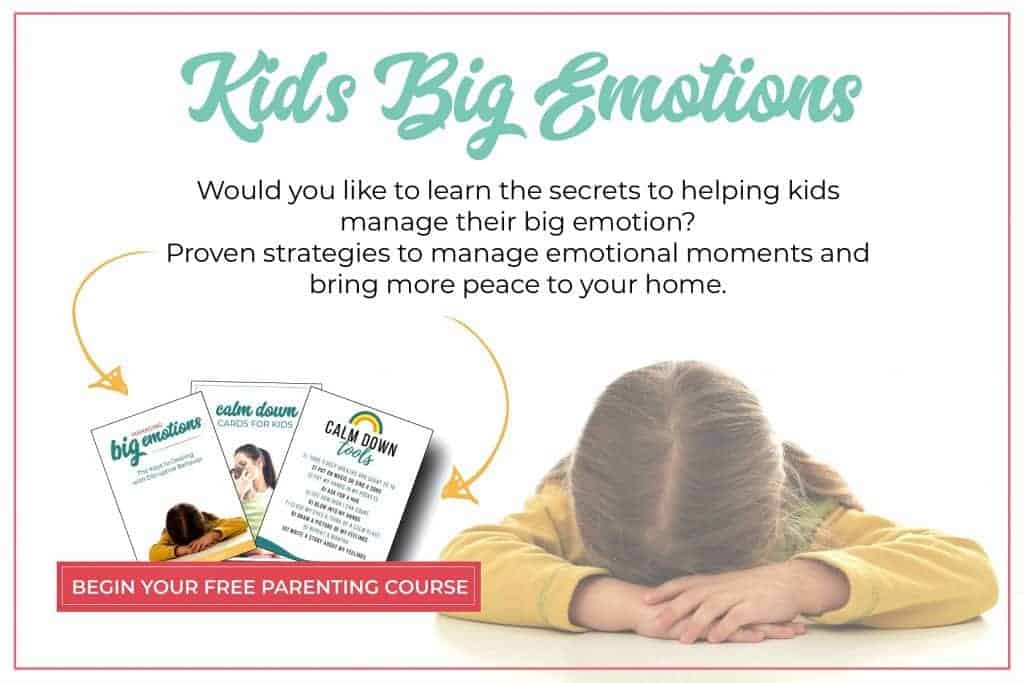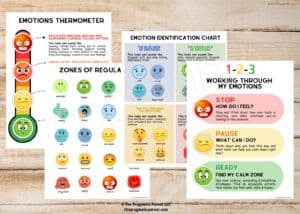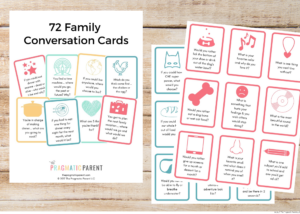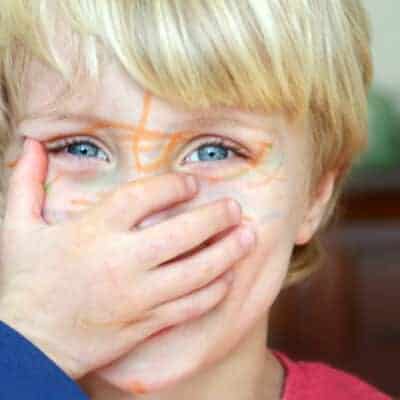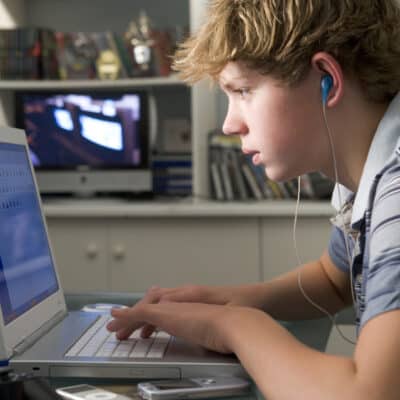When you ask parents what one of their biggest fears is when they send their kids off to school – a place that is intended to be nurturing and fostering personal and academic growth – bullying and encounters with “mean kids” is on every parent’s list.
No one wants to be a parent of a child who is being bullied and certainly not the parent whose child is doing the bullying. But there is a third child who is not the bully or the bullied – the bystander.
This is often the forgotten victim because being witness to these situations deeply affects them too.
Bullying has lasting negative effects on bystanders who make the choice to do nothing. When children witness bullying, and stay silent, this is a form of approval towards the bully.
Bystanders can feel like they’re dodging a bullet if it isn’t them being bullied, but the emotional effects of being a witness to such cruelty is harmful. Kids often witness bullying but chose not to say anything, fearful they’ll be the next target of the bully if they do.
This create a dangerous cycle of watching a friend or classmate being tormented, feeling helplessness because they haven’t done anything to stop the bullying and then burdened with feelings of being scared, anxious and fearful the bully will be aggressive towards them next.
Shona Anderson, author of the book No More Bystanders = No More Bullies, writes, “Even kids who aren’t directly involved in bullying experience negative consequences, such as anxiety, fear, stomach aches and not wanting to go to school, because they fear that they’ll be next.”
Bullying begins in small doses – name calling, teasing, minor physical aggressive such as knocking papers off a desk when they walk past or sticking out an elbow and nudging. The bully is merely testing the waters with these minor actions but when no one stands up to them – child or adult – it often becomes more serious and the torment escalates.
Minor bullying is a way for bullies to test their power over the victim and bystanders and without intervention, the more powerful and ruthless the bullying becomes.
Parents can teach their children to take action against bullies – time is imperative, so sooner rather than later – is the best way to remove a bully’s power.
In the end, we will remember not the words of our enemies, but the silence of our friends. – Martin Luther King Jr.
RAISE A WATCHDOG
When children are young, teach your kids to watch out for each other against anyone that is being unkind or unfriendly, and to stick up for them.
When my son was being picked on at preschool by boys that didn’t want to include him in their games, his sister would step in and stick up for him and then included him in her own activity. This was a two-way street and some days they flight like cats and dogs at home, they always will stand up for each other and other kids they see being treated unfairly.
If your kids see their friends, classmates or other kids being picked on, spoken to unkindly or mistreated, encourage your children to stick up for them.
Showing kids to spot poor behavior and be an “INCLUDER” is a great skill to learn early and will help them stand up to bullies when they’re older.
TEACH THE DIFFERENCE BETWEEN TATTLING & REPORTING
In school, children don’t seek out help from an adult for several reasons including being labeled a tattle tale and as children get older, a social code of silence begins forming.
But, in the case of bullying, it’s important for kids to understand the difference between tattling and reporting.
- Tattling is when you tell something to someone, hoping it gets them in trouble.
- Reporting is when you tell something to someone, to help them get out of trouble.
PEER INTERVENTION IS MORE EFFECTIVE
When a peer stands up to a bully, it’s more effective in squashing the bad behavior than often when an adult steps in. Of course, adults need to be called upon in extreme and very intense circumstances, but kids should know that their own intervention can change the cycle of bullying.
Bullying is based on social validation and nothing means more than validation amongst peers.
When a bully doesn’t receive validation they’re aiming to receive by kids opposing this behavior, the lack of social reinforcement alone can stop the mistreatment.
TEACH WHEN TO SEEK HELP FROM AN ADULT
As children get older, a social code of silence begins to form but in cases where bullying is aggressive, harmful and physical (although any form of bullying is terrible and bad), when bullying escalates from minor to major interactions, adult intervention is necessary.
Kids can become afraid that they’ll become the next target of the bully if they stand up for the victim. Yes, this is a hard position to be in but by role playing different situations at home about whether it’s appropriate (and safer) to seek an adult or if it’s better to speak up about the conflict by themselves, kids will be able to make an on-the-stop decision.
HOW TO STAND UP TO A BULLY
Standing up to anyone – and especially the school or neighborhood bully – takes courage and strength.
When kids speak with confidence, in a strong voice and look the bully directly in the eye – this shows strength and assertiveness.
Strong and assertive responses to a bully are effective countering measures because a child who is direct and a powerful communicator is a threat to the bully. Because this child is powerful enough to stand up for themselves and others, a bully will move often move on instead of provoking the new person.
Role playing with your kids, teach them possible responses to harmful words from a bully, whether directed at them or another person. Such as:
- “knock it off”
- “that wasn’t funny”
- “that’s not cool”
- “stop it”
- “cut it out”
- “I like the way I am”
- “so not cool”
- “what you’re doing is not funny – it’s mean”
- “you think you’re being funny, but what you’re really being is a bully”
Kid’s should never be encouraged to be an active bystander and meet aggressive behavior with countering violent behavior. Being an active bystander means using assertive language – physical force is not an option.
When bullying can’t be combated with words alone and has become hostile – physical, harmful, extreme – the best way to stay up to a bully is to report the behavior to an adult who will intervene.
However, it’s worthwhile to note that kids often hope the problem will go away by itself, however when a bully is at its worst, this always requires adult involvement.
RAISE AN INCLUDER
A bully picks out kids who are isolated and feel alone which make them feel more powerful praying on the meek.
Children who see other kids that play by themselves, are isolated and don’t have any or many friends, should be encouraged to reach out and include them.
Whether it’s to eat lunch together, play at recess or walk together to their next class, when they bring an isolated kid into their fold, the bully loses his power as well as a target to torment.
It takes courage for kids to stand up to their peers and especially to a bully. However, a child who helps others instead of being a witness to bullying and does nothing, will be happier, more confident and have a better childhood social experience.
Want More?
- 10 Ways to Rock Being a Stay-at-Home Mom
- One Powerful Tip That Will Change Your Parenting Forever
- How to Create a Positive Home (And Why this Will Affect Your Kids Forever)
- 9 Ways to Build Your Child’s Confidence
- The Best Inside Activities for High-Energy Kids
- What are the Triggers That Cause You to Yell and Lose It With Your Kids?
